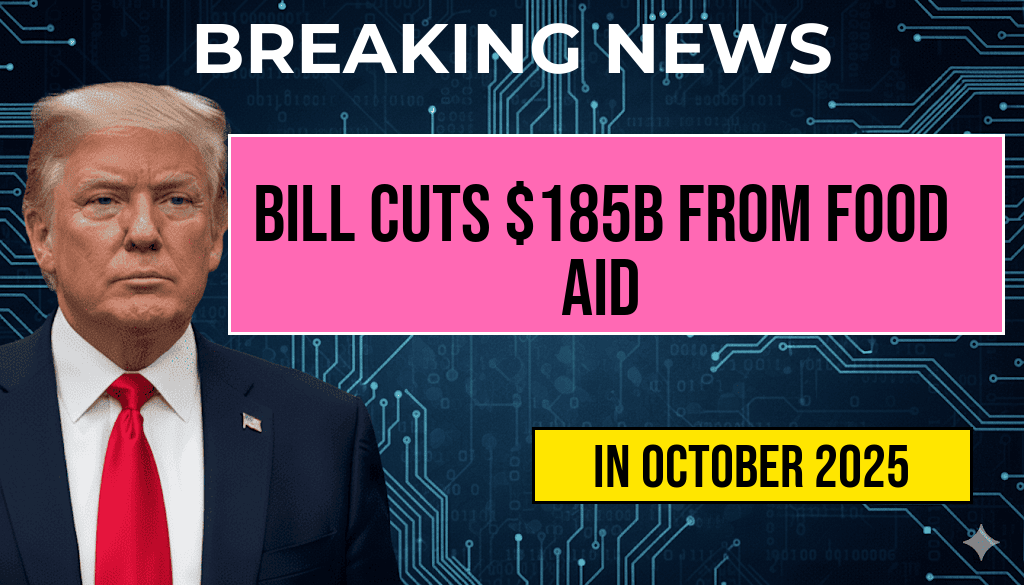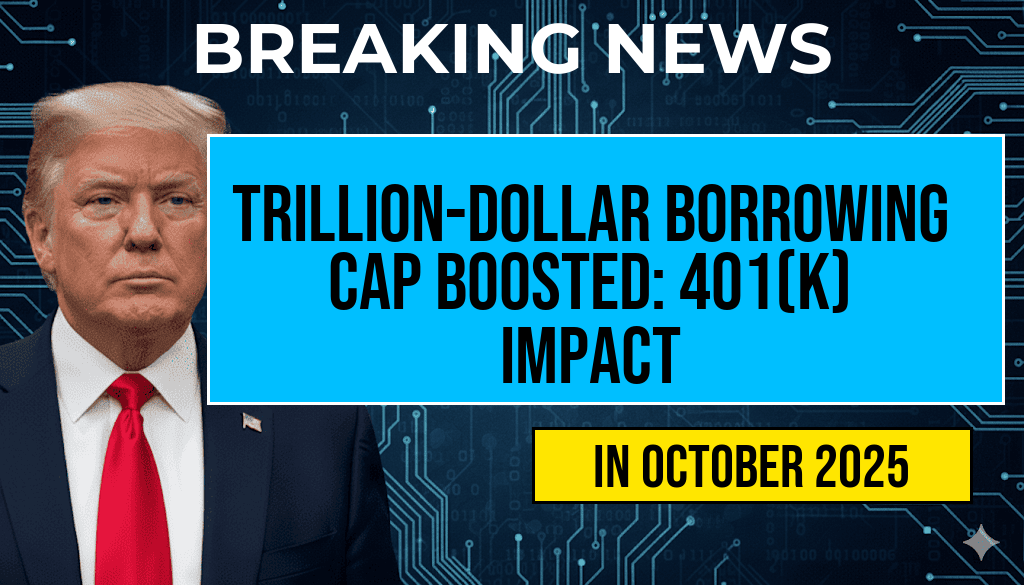The recent legislative decision to cut $185 billion from federal food assistance programs has sparked widespread concern among policymakers, advocates, and recipients. This significant reduction threatens to reshape the landscape of food security across the United States, potentially impacting millions of vulnerable households. For a typical two-person household receiving approximately $546 monthly through the Supplemental Nutrition Assistance Program (SNAP), these cuts could translate into a tangible decrease in purchasing power, complicating efforts to access nutritious food. While proponents argue the measures promote fiscal responsibility, critics warn that such reductions risk deepening food insecurity amid a backdrop of rising inflation and economic instability.
Understanding the Scope of the Cuts
The legislation, passed earlier this year, aims to trim federal spending by targeting social safety net programs, including SNAP. The $185 billion reduction over the next decade is part of broader austerity measures that seek to streamline government expenditures. However, the immediate impact on beneficiaries is already evident. SNAP, which serves approximately 41 million Americans, provides vital assistance to low-income families, seniors, and individuals with disabilities. The recent cuts are projected to reduce average monthly benefits by around 10%, affecting household budgets at a critical time when inflation continues to inflate food prices nationwide.
How the Cuts Affect a Typical Household
| Current Benefit | Reduced Benefit | Estimated Monthly Difference |
|---|---|---|
| $546 | $491 | $55 |
For a household relying on $546 in monthly SNAP benefits, a $55 reduction equates to roughly 10% less available for groceries. This decrease could force families to cut back on nutritious foods, choose cheaper and less healthy options, or seek additional assistance through food banks and community programs. Such adjustments may not fully compensate for the lost benefits, raising concerns about the nutritional quality and overall well-being of affected households.
Broader Economic and Social Implications
Food Security Risks
Experts warn that these cuts threaten to exacerbate existing food insecurity. The USDA’s reports indicate that nearly 11% of households experience food insecurity, a figure expected to rise if benefits are significantly reduced. Reduced SNAP benefits could push more families into difficult choices, such as skipping meals or reducing portion sizes, with long-term health consequences.
Impact on Local Economies
Food assistance programs circulate money within local communities, supporting grocery stores, farmers, and food producers. A decrease in SNAP benefits may lead to diminished sales at local retailers, especially in low-income areas where residents rely heavily on assistance programs. This ripple effect could slow economic activity and increase reliance on emergency food services, straining community resources already stretched thin.
Policy Perspectives and Debates
Arguments in Favor of the Cuts
- Proponents argue that reducing federal spending on social programs is necessary to curb national debt and promote fiscal responsibility.
- Supporters claim that streamlining benefits could encourage employment and self-sufficiency among recipients.
- Some believe that targeted reforms can eliminate waste and improve program efficiency.
Opposition and Concerns
- Opponents contend that cutting $185 billion from food assistance jeopardizes the health and stability of vulnerable populations.
- Advocates warn that such reductions could undo progress made in combating child hunger and poverty.
- Many experts emphasize that inflation-driven food costs mean that benefit cuts disproportionately harm those already struggling.
Looking Ahead
As lawmakers continue to debate the full scope of social safety net reforms, the immediate concern remains how households will adapt to shrinking benefits. Community organizations and food banks are preparing for increased demand, but the scale of the challenge is substantial. Policymakers face a delicate balancing act—aiming to address fiscal deficits without compromising the well-being of millions of Americans relying on vital assistance. For additional insights into SNAP and food security issues, resources such as the USDA’s SNAP page and Feeding America’s research can provide further context.
Frequently Asked Questions
What are the main changes to food assistance in the recent bill?
The recent bill cuts $185 billion from food assistance programs, significantly impacting the SNAP benefits for eligible families.
How will the $185 billion cut affect a two-person household receiving SNAP benefits?
For a two-person household receiving $546 in SNAP benefits, the bill may reduce or limit their benefits due to the substantial funding cuts, potentially making it more difficult to access sufficient food.
What are the potential consequences of these cuts on vulnerable populations?
The reductions in food assistance could lead to increased food insecurity among vulnerable populations, including low-income families and children, who rely heavily on SNAP benefits.
Are there any provisions to mitigate the impact of these cuts on affected families?
Currently, there are limited protections or mitigation measures included in the bill. Families may need to seek additional support through community programs or other assistance initiatives.
How might this bill influence the future of food assistance programs?
This significant reduction in funding could lead to long-term changes in food assistance policies and accessibility, potentially making it more challenging for eligible individuals to receive support in the future.






